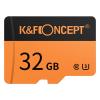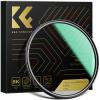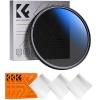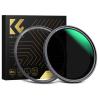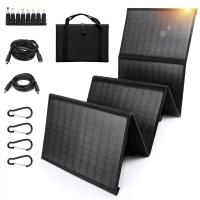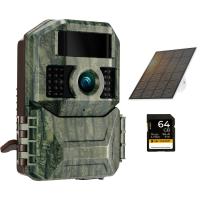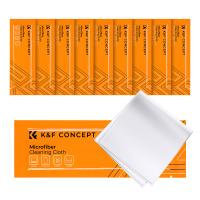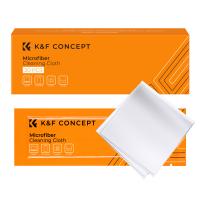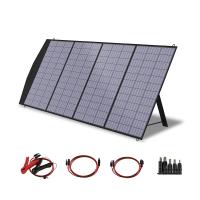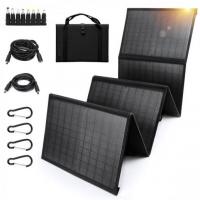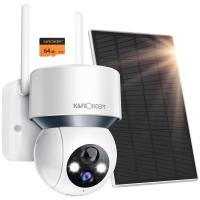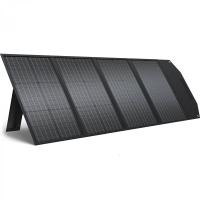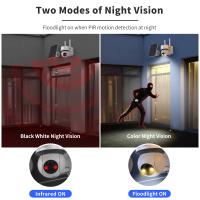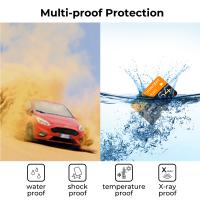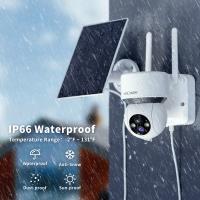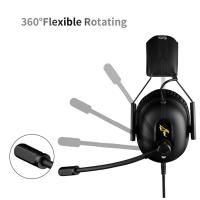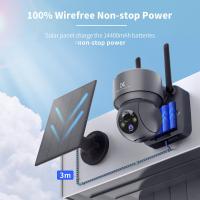How To Get Free Solar Panels?
In recent years, the push for renewable energy sources has gained significant momentum, with solar energy leading the charge. Solar panels offer a sustainable way to harness the sun's power, reducing electricity bills and contributing to environmental conservation. However, the initial cost of solar panel installation can be a significant barrier for many homeowners. Fortunately, there are several ways to obtain free solar panels or significantly reduce the cost. This article will explore various methods to get free solar panels, providing practical solutions for those looking to make the switch to solar energy without breaking the bank.
Government Incentives and Rebates

One of the most common ways to reduce the cost of solar panels is through government incentives and rebates. Many countries and states offer financial incentives to encourage the adoption of solar energy. These incentives can come in the form of tax credits, rebates, or grants.
Federal Tax Credits
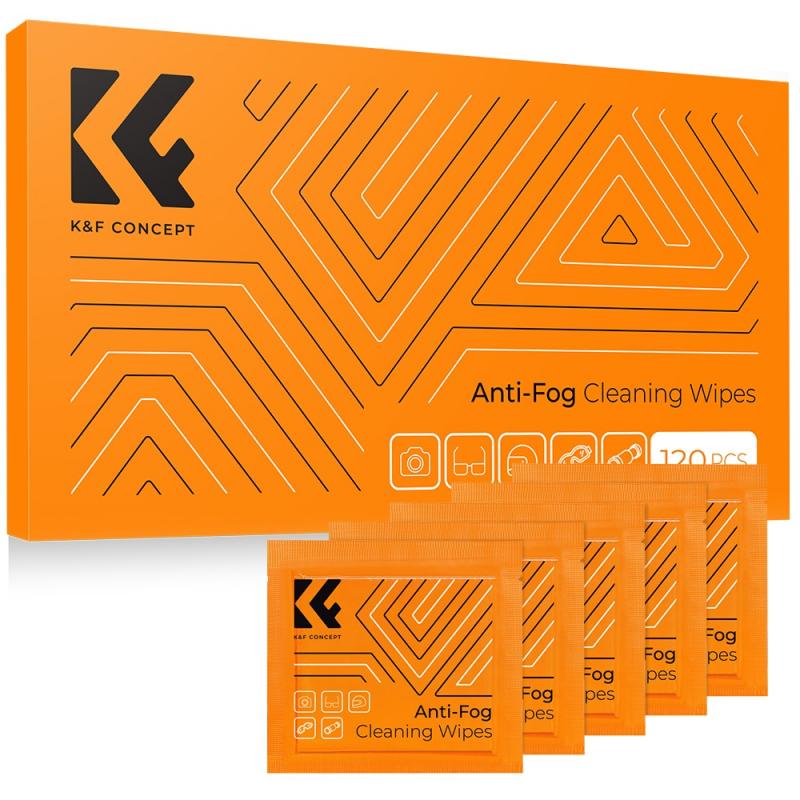
In the United States, the federal government offers the Investment Tax Credit (ITC), which allows homeowners to deduct a significant percentage of the cost of installing a solar energy system from their federal taxes. As of 2021, the ITC provides a 26% tax credit for systems installed before the end of 2022. This percentage is set to decrease in subsequent years, so it's advisable to act quickly to maximize savings.
State and Local Incentives
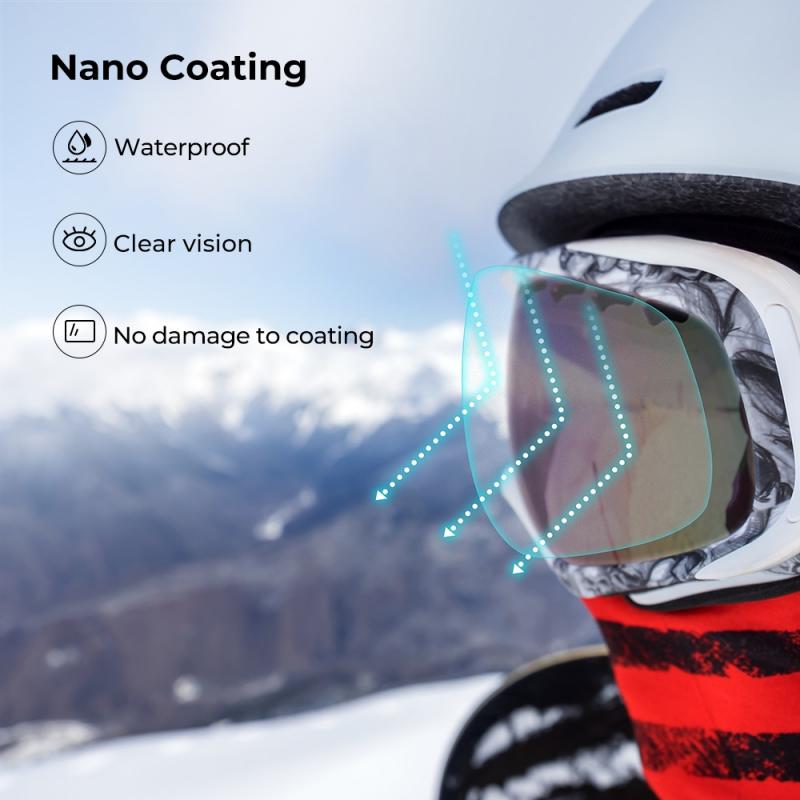
In addition to federal incentives, many states and local governments offer their own programs to promote solar energy. These can include additional tax credits, rebates, and even performance-based incentives that pay you for the electricity your system generates. Websites like the Database of State Incentives for Renewables & Efficiency (DSIRE) provide comprehensive information on available incentives in your area.
Solar Leasing and Power Purchase Agreements (PPAs)
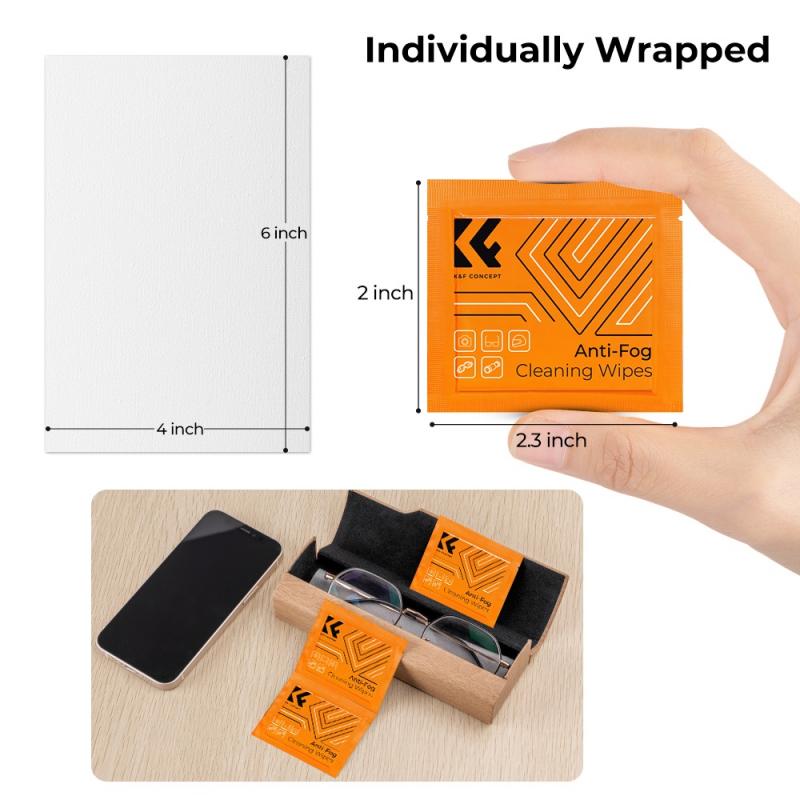
Another popular method to get free solar panels is through solar leasing or Power Purchase Agreements (PPAs). These options allow homeowners to install solar panels with little to no upfront cost.
Solar Leasing
With a solar lease, a third-party company installs and maintains the solar panels on your property. In return, you pay a fixed monthly lease payment, which is often lower than your current electricity bill. The leasing company owns the panels, so they are responsible for maintenance and repairs. This option can be particularly appealing for those who want to avoid the high initial costs of solar panel installation.
Power Purchase Agreements (PPAs)
A PPA is similar to a solar lease, but instead of paying a fixed monthly fee, you agree to purchase the electricity generated by the solar panels at a predetermined rate. This rate is typically lower than the rate charged by your utility company, resulting in immediate savings on your electricity bill. Like solar leases, PPAs require little to no upfront cost, and the third-party company owns and maintains the panels.
Community Solar Programs
Community solar programs, also known as solar gardens or shared solar, offer another way to benefit from solar energy without installing panels on your property. These programs allow multiple participants to invest in a single solar project and share the benefits.
How Community Solar Works
In a community solar program, a solar array is installed at a central location, and participants purchase or lease a portion of the array. The electricity generated by your share of the array is credited to your utility bill, reducing your overall energy costs. This option is ideal for renters, those with shaded roofs, or anyone who cannot install solar panels on their property.
Finding Community Solar Programs
To find community solar programs in your area, you can start by checking with your local utility company or searching online for community solar providers. Websites like EnergySage and the National Renewable Energy Laboratory (NREL) offer resources to help you locate and compare community solar options.
Non-Profit Organizations and Assistance Programs
Several non-profit organizations and assistance programs aim to make solar energy accessible to low-income households. These programs often provide free or heavily subsidized solar panels to qualifying homeowners.
GRID Alternatives
GRID Alternatives is a non-profit organization that provides solar power and job training to underserved communities. They offer no-cost solar installations to low-income families, helping to reduce energy costs and promote renewable energy adoption. To qualify, homeowners must meet certain income requirements and live in a service area where GRID Alternatives operates.
Local Assistance Programs
Many local governments and non-profit organizations offer assistance programs to help low-income households access solar energy. These programs can vary widely in terms of eligibility requirements and benefits, so it's essential to research options available in your area. Contacting your local government or utility company can be a good starting point.
Solarize Campaigns
Solarize campaigns are community-based initiatives that aim to increase the adoption of solar energy through group purchasing. By pooling resources and negotiating with solar installers, participants can secure lower prices and better terms for solar panel installations.
How Solarize Campaigns Work
A Solarize campaign typically begins with a group of community members or a local organization organizing the effort. They then solicit bids from solar installers and select a preferred provider based on price, quality, and other factors. Homeowners in the community can sign up to participate, often receiving a discounted rate on their solar panel installation.
Benefits of Solarize Campaigns
Participating in a Solarize campaign can result in significant cost savings, as installers are often willing to offer lower prices for bulk purchases. Additionally, these campaigns can provide valuable education and support throughout the installation process, making it easier for homeowners to navigate the complexities of going solar.
Switching to solar energy is a smart and sustainable choice, but the initial cost can be a significant hurdle for many homeowners. Fortunately, there are several ways to obtain free solar panels or significantly reduce the cost, including government incentives, solar leasing, community solar programs, non-profit organizations, and Solarize campaigns. By exploring these options, you can find a solution that fits your needs and budget, allowing you to enjoy the benefits of solar energy without the financial burden.
As the push for renewable energy continues to grow, more opportunities for affordable solar energy are likely to emerge. Staying informed about available programs and incentives can help you take advantage of these opportunities and make the transition to solar energy as smooth and cost-effective as possible.

